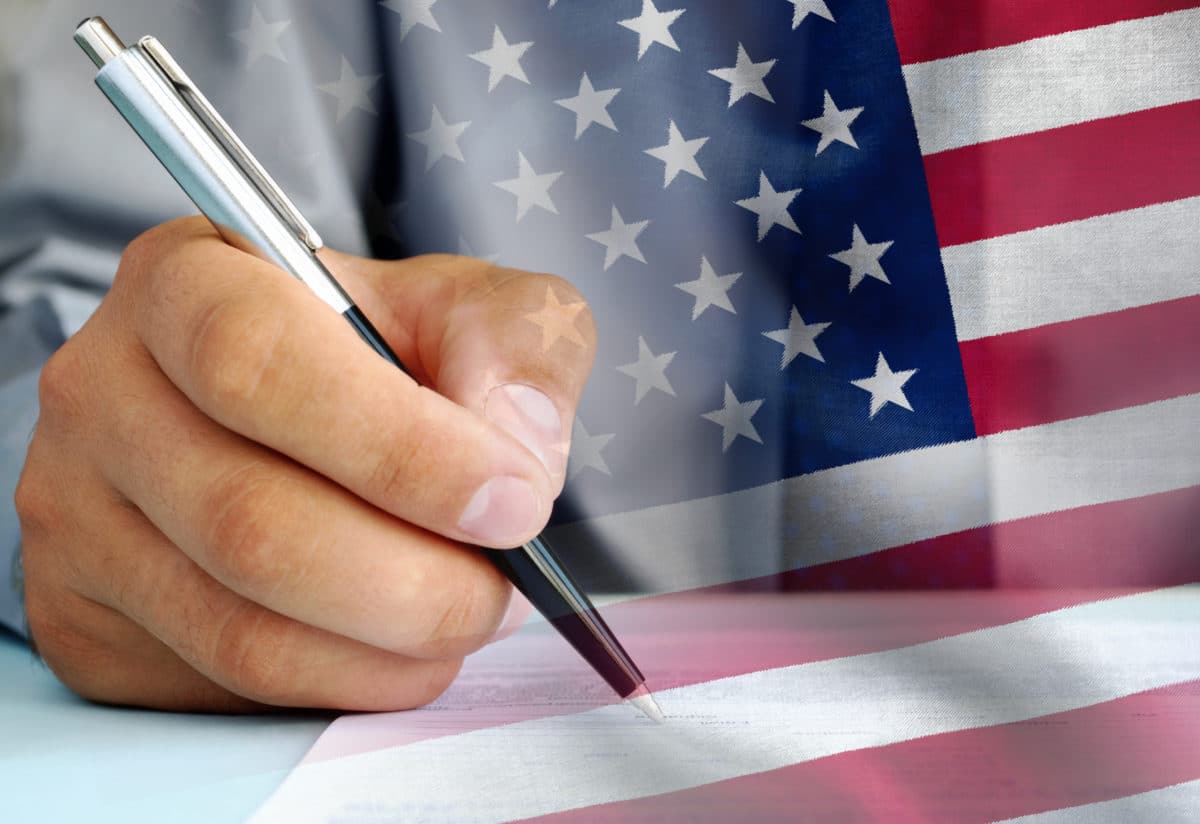The Paycheck Protection Program Flexibility Act of 2020 (H.R. 7010) was passed by the House and Senate and is now on its way to the President. The President has indicated that he will sign the bill.
Key provisions of the bill include:
- Extending the loan forgiveness covered period from eight weeks to 24 weeks from the loan origination date, as long as the covered period does not extend beyond December 31, 2020. This means that borrowers will now be able to have all PPP loan amounts paid during this extended covered period forgiven as long as the amounts are expended for qualified purposes (payroll, rent/mortgage interest, and utilities). Borrowers who received the loan prior to the bill’s date of enactment may still elect to use either the original eight-week loan forgiveness period or the new 24-week period;
- Only allowing loan forgiveness if at least 60% of the total loan proceeds are used for payroll costs. Currently, forgiveness is limited so that at least 75% of the forgiveness amount is for payroll costs;
- Eliminating the full-time employee equivalent employee reduction provision if the business can document that the reduction was due to the business’s inability to:
- Rehire individuals who were employees on February 15, 2020, and hire similarly qualified employees for unfilled positions by December 31, 2020; or
- Return to the same level of business activity as the business was operating at before February 15, 2020, due to compliance with sanitation, social distancing, or any other worker or customer safety requirement related to COVID-19 imposed by specified federal agencies during the period beginning on March 1, 2020, and ending December 31, 2020;
- Allowing for a five-year rather than a two-year maturity date for:
- All loans made on or after the bill’s date of enactment; and
- Loans made earlier than that date, if both the lender and borrower mutually agree;
- Deferring payments of principal, interest, and fees on any PPP loan until the SBA remits the borrower’s loan forgiveness amount to the bank (previously, this period was six months to one year from the loan origination date); and
- Allowing taxpayers to qualify for payroll tax deferral even if they’ve received PPP loan forgiveness.

